In this guide, we will discuss the Blast layer 2 and how to bridge from the Ethereum base layer (L1) to Blast (L2).
What is Blast
Blast is the first layer 2 with native yield.
Layer 2s are a host of modular scaling solutions that scale blockchains by separating at least one of the four functions: Execution, Validity, Ordering and Data Avalability (DA).
Very loosely, a L2 is a blockchain that performs one or more of the four functions above and uses a L1 for validity or DA. Most L2s, including Blast, separate transaction execution and settlement. In this setup, transactions are executed on the layer 2 and settled on the layer 1. This reduces the load on L1s. And since L2s have faster transactions and cheaper fees, they address the consumer-facing scaling problems of L1 blockchains.
Blast is an optimistic rollup similar to Optimism and Base. It’s built on the Ethereum blockchain and runs the Ethereum Virtual Machine (EVM.) The Blast Mainnet went live on February 24, 2024. Blast is several times cheaper and faster than using Ethereum while benefiting from the security of said layer 1. However, the real kicker of using Blast is the native yield.
Blast Native Yield
To use Blast (and most other layer 2s), you must bridge to the layer 2. We’ll discuss how to do this soon.
To bridge to a layer 2, you deposit your tokens in a smart contract, and an equivalent amount of deposited tokens is sent to your address on the layer 2 .
Usually, tokens remain in the smartcontract on the L1 but Blast is designed such that the tokens are deposited into staking or DeFi protocols to generate yield.
This function is available for ETH and stablecoins.
- For ETH, the tokens are staked and generate yield via staking rewards.
- For stablecoins, the tokens are deposited in “on-chain T-Bill protocols like MakerDAO.”
The result of this is that, unlike other L2s, when you bridge to Blast, you get yield for holding Blast ETH and Blast USD (USDB).
Now let’s look at how to bridge to Blast.
How to bridge to Blast
There are many bridges available to bridge to Blast, each with different fees and features. In this guide, two of the most popular bridges will be covered:
- Orbiter Bridge
- Owlto Bridge
The Orbiter Bridge
The Orbiter bridge is a multi-chain and multi-rollup bridge that allows you to bridge between different L1s and L2s.
Follow these steps to use the Orbiter Bridge
1. Go to the official Orbiter Bridge
Please make sure to use official links only to prevent a wallet compromise. The home page should look like this:
2. Connect Wallet
Click the connect wallet button in the upper left corner of the homepage
3. Sign approval message
Sign the approval message that pops up after clicking connect wallet
4. Click on “To”
5. Select Blast
Select Blast from the pop-up menu
6. Enter amount and Click “Send”
Enter the amount of ETH you wish to bridge to and Click on send
7. Review Transaction and Click on “Confirm and Send”
You’ll get a breakdown of the bridging transaction, review it and click on “Confirm and Send”
8. Sign the Transaction
Your wallet will show a pop-up, review and authorize the transaction. Make sure not to alter the “Send amount” at this stage or the transaction will fail.
Also be careful of gas fees.
9. Switch to Blast network and wait for your tokens
After completing the bridge, head to your wallet and switch to Blast network. After a short while, your Blast ETH will show up in your wallet on the Blast network. You’ll also start earning yield immediately.
If the gas fees incurred by this method are too high for you, then the next bridge is recommended.
The Owlto Bridge
The Owlto bridge is another multi-chain and multi-rollup bridge that allows you to bridge between different L1s and L2s. For small transactions to Blast, bridging is free on Owlto.
Follow these steps to use the Owlto Bridge:
1. Go to the official Owlto Bridge
Please make sure to use official links only to prevent a wallet compromise. The home page should look like this:
2. Connect Wallet
Click the connect wallet button in the upper left corner of the homepage
3. Sign approval message
Sign the approval message that pops up right after clicking connect wallet
4. Click on “To”
5. Select Blast
Select Blast from the pop-up menu
6. Enter amount and Click “Send”
Enter the amount of ETH you wish to bridge to and Click on send
7. Review Transaction and Click on “Confirm and Send”
You’ll get a breakdown of the bridging transaction, review it and click on “Confirm and Send”
8. Sign the Transaction
Your wallet will show a pop-up, review and authorize the transaction. Make sure not to alter the “Send amount” in your wallet at this stage or the transaction will fail.
9. Switch to Blast network and wait for your tokens
After completing the bridge, head to your wallet and switch to Blast network. After a short while, your Blast ETH will show up in your wallet on the Blast network. You’ll also start earning yield immediately.
What are Blast Bridging Fees?
When the ETH is bridged to a layer 2, it is temporarily locked up in a smartcontract. This smartcontract mints an equivalent amount of ETH on the Layer-2, in this case Blast. It then sends the tokens to the wallet that initiated the bridge. That’s a basic overview of how bridging works.
This problem is that bridging is a multi-step process and requires a significant amount of computation, most of which happens on the L1, hence the high fees.
Summary
In this article, we’ve looked at the Blast Layer 2 and two methods to bridge to it. Blast and other L2s are an innovative solution to the blockchain trilemma. But Blast goes a step further by incorporating native yield for it’s users; it’s like using an average L2 in terms of speed and transaction fees with the benefit of earning yield.
That’s all for this guide.


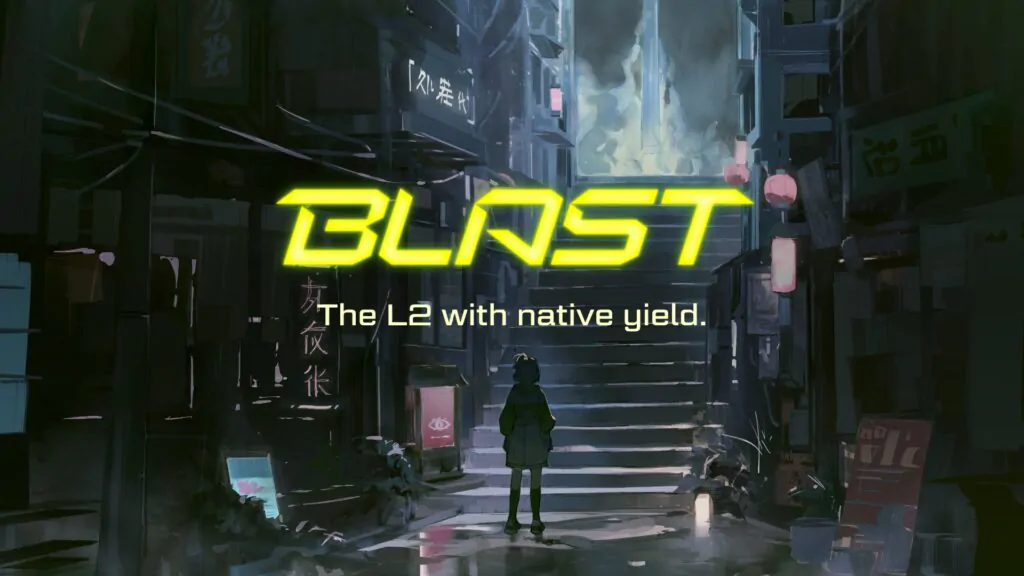
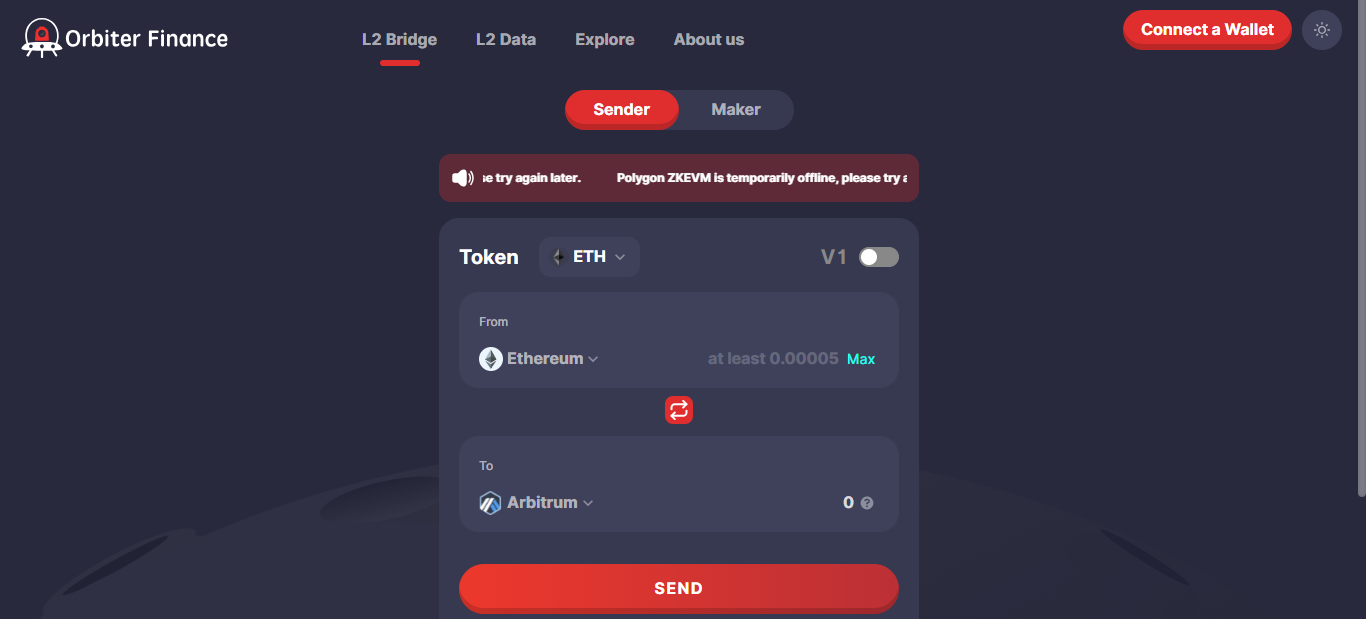
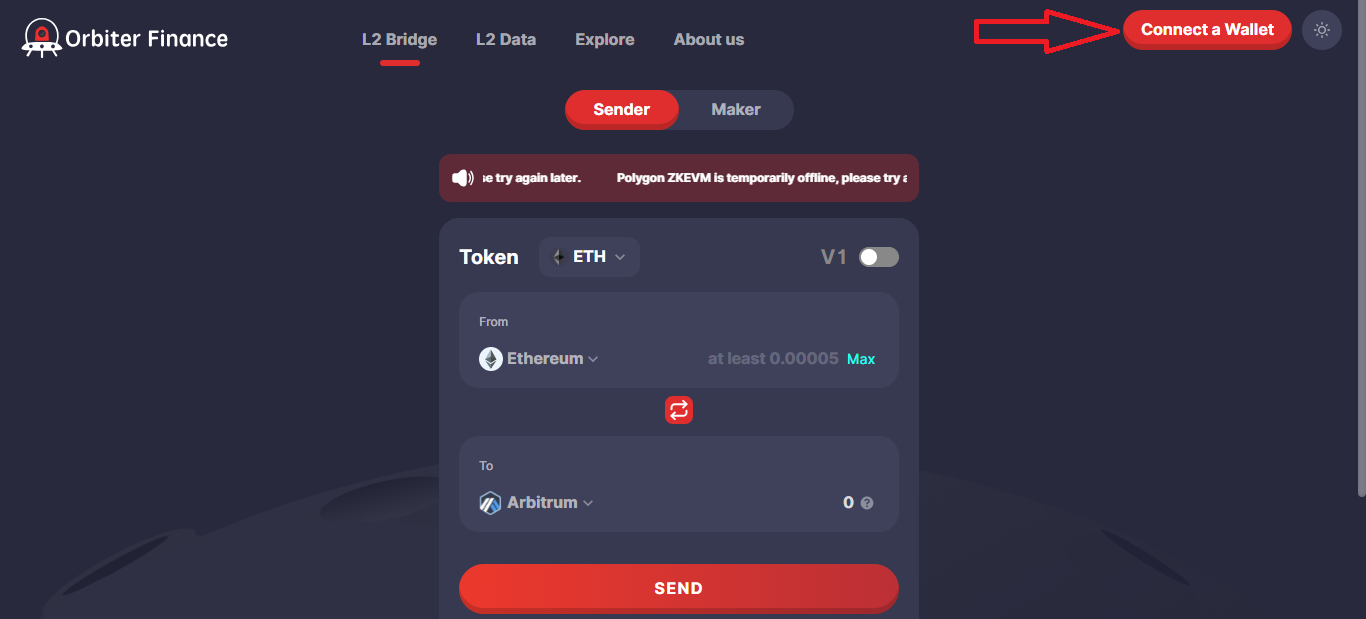
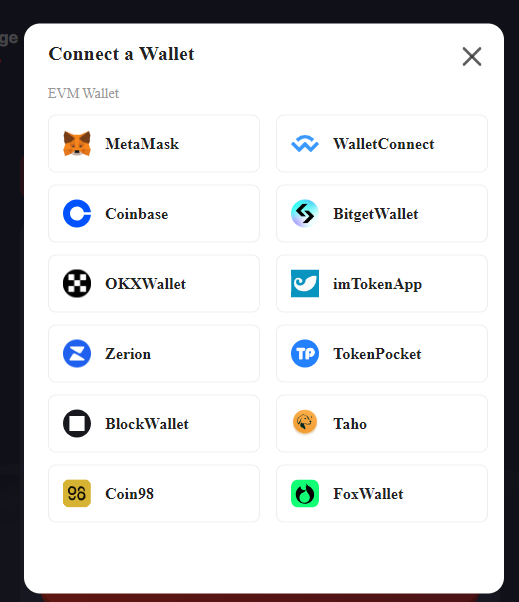
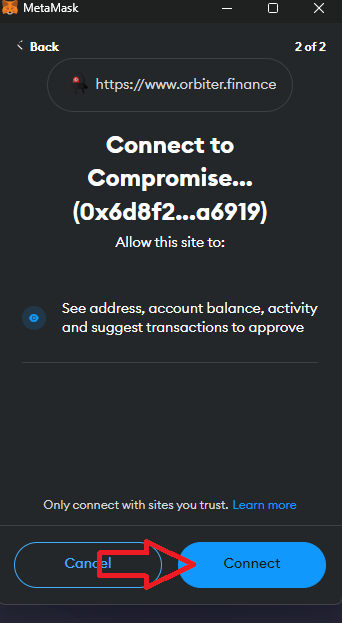
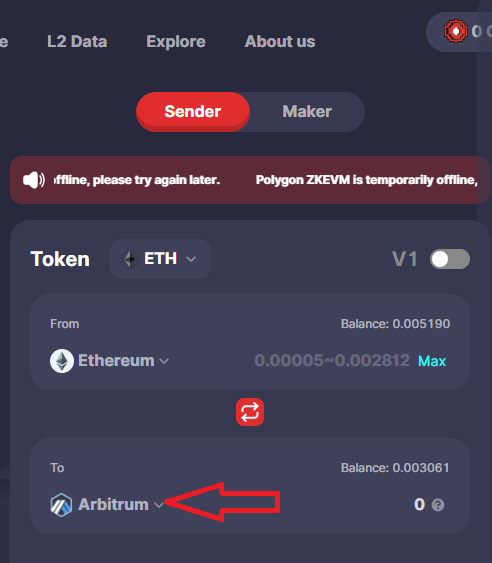
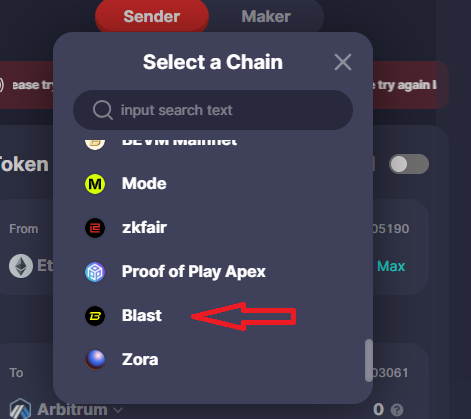
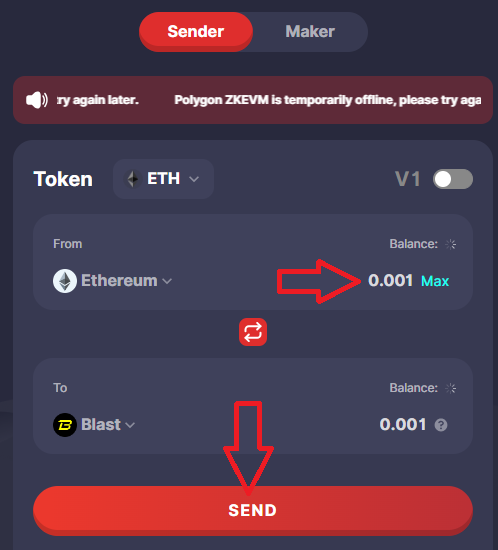
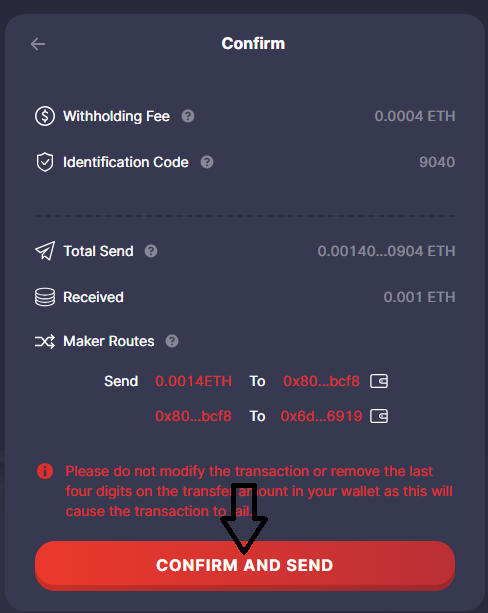
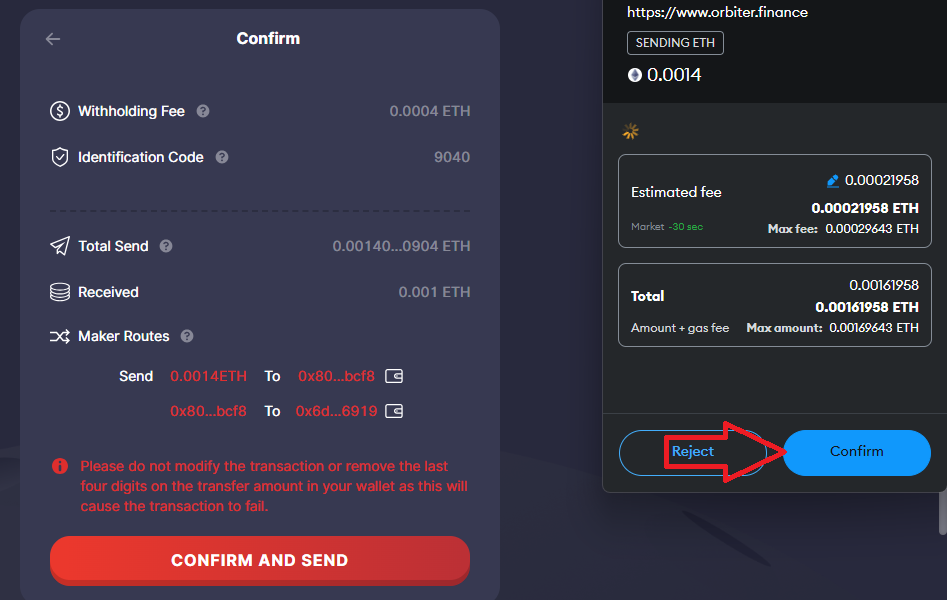
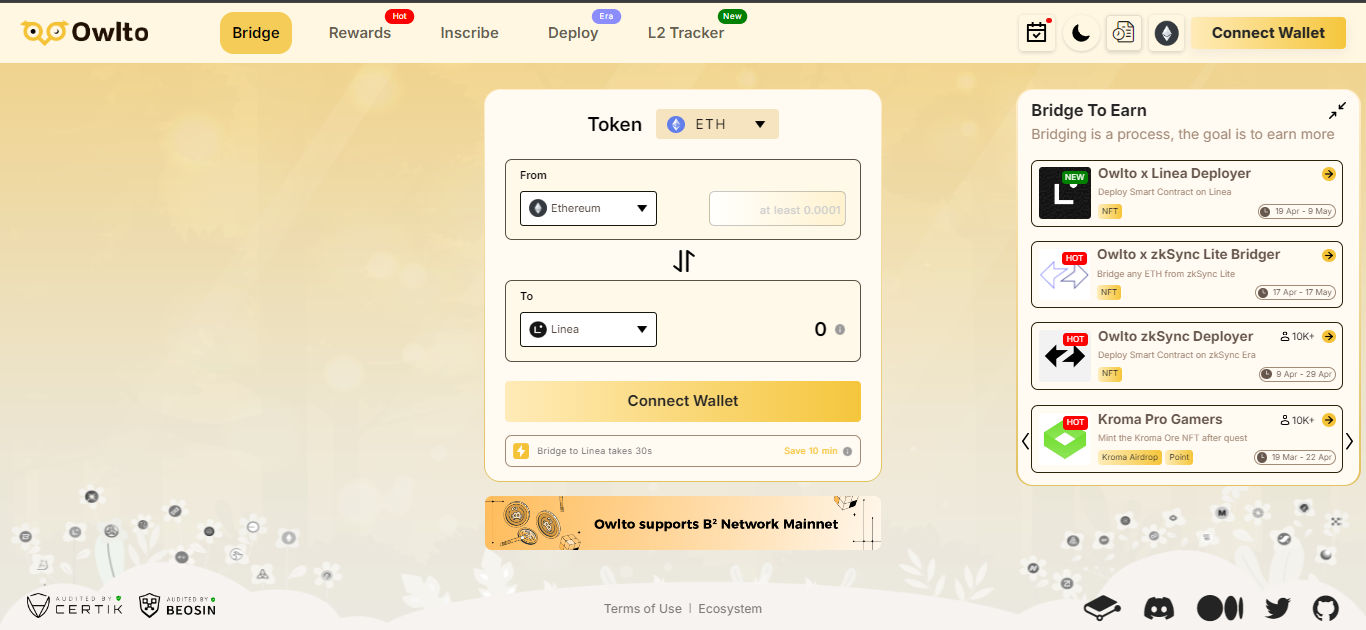
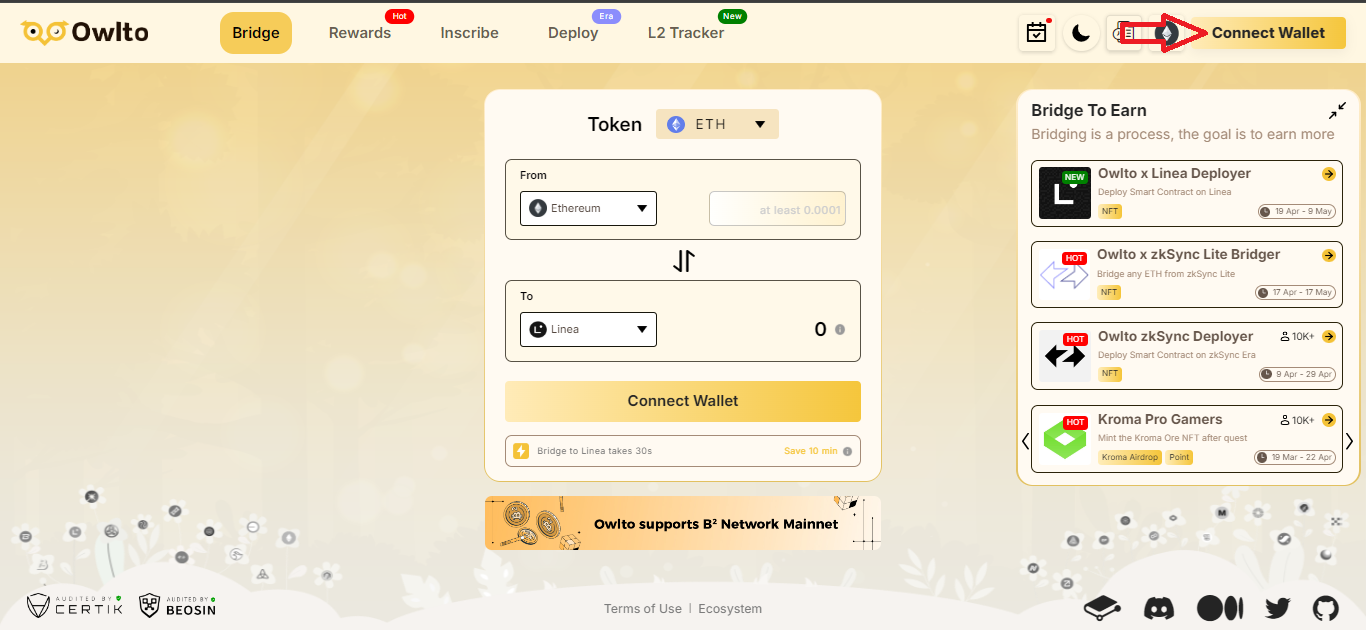
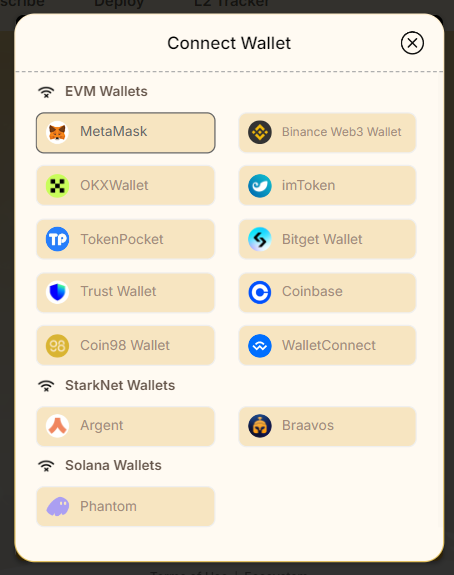
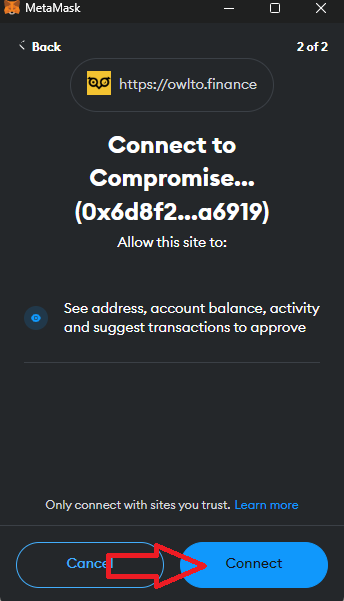

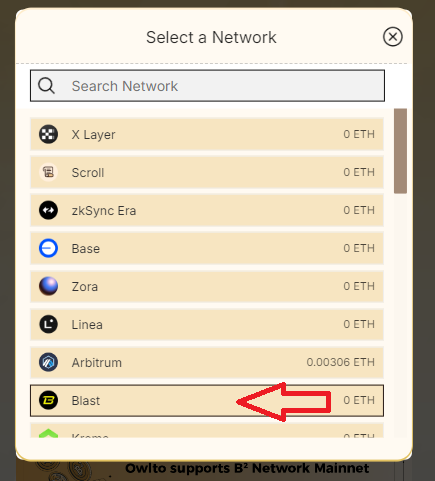
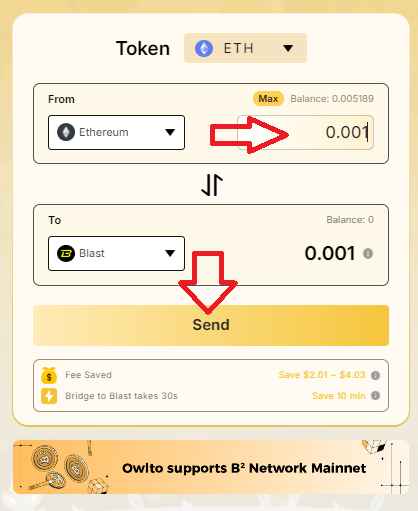
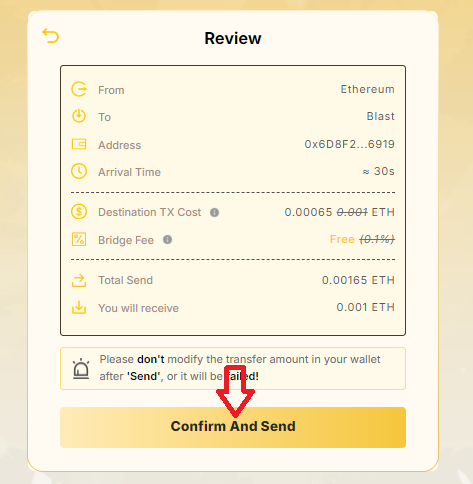
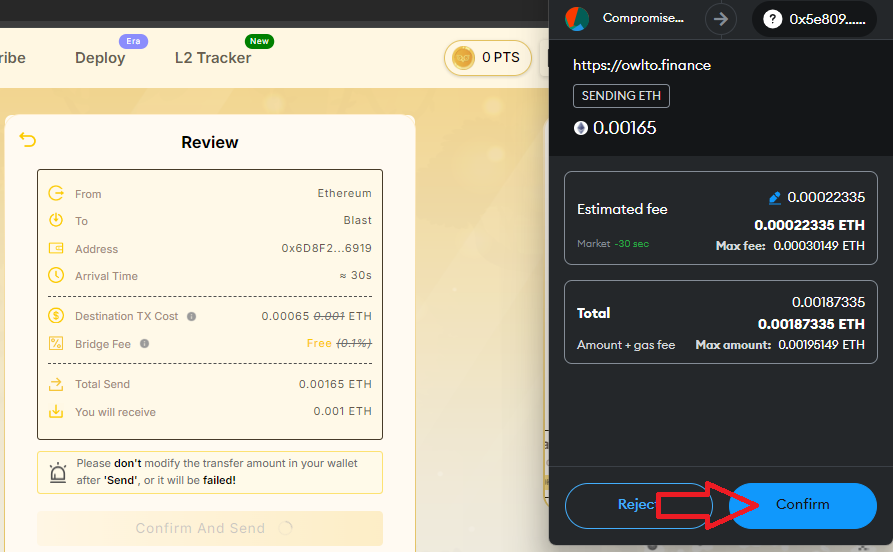
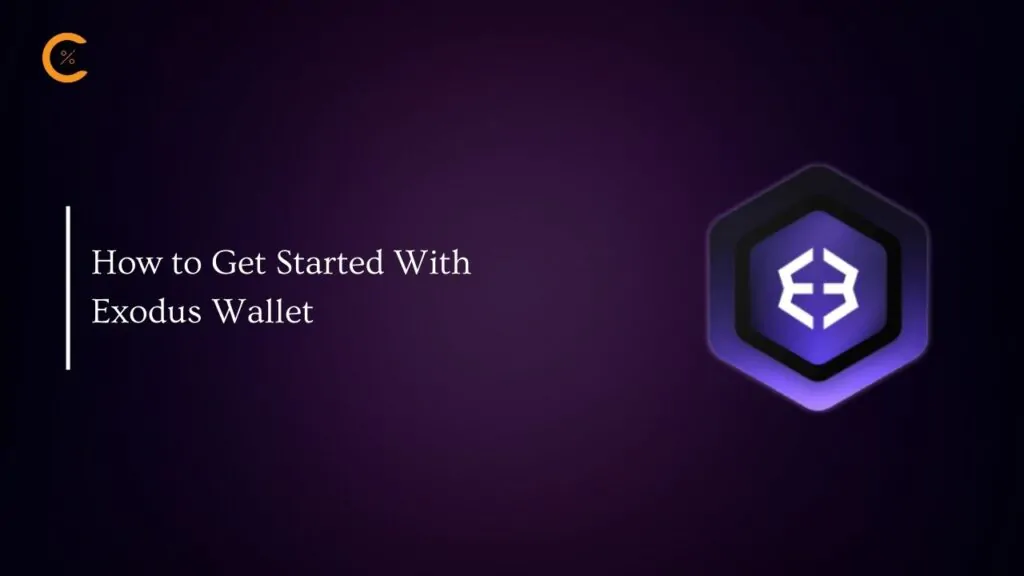

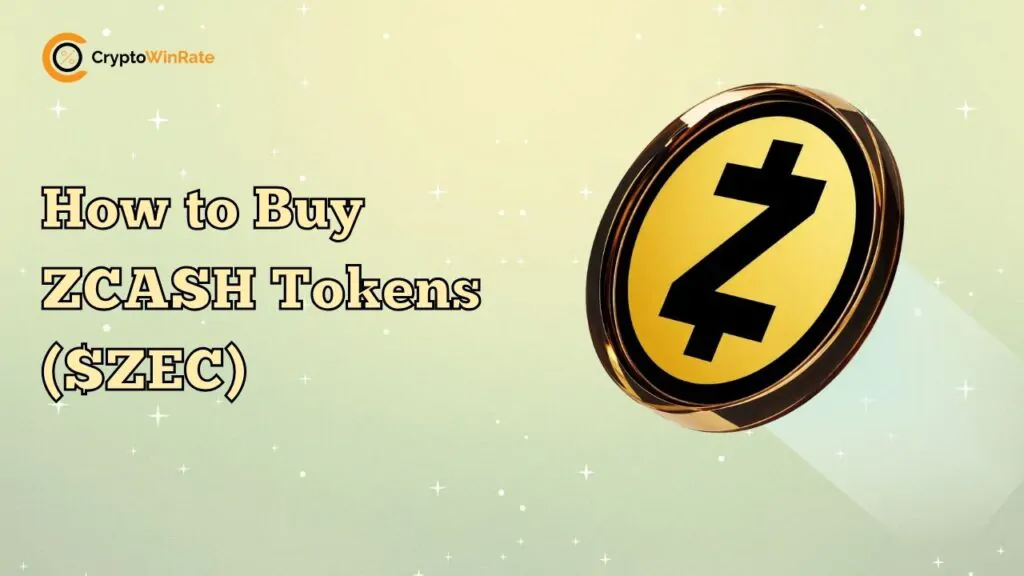
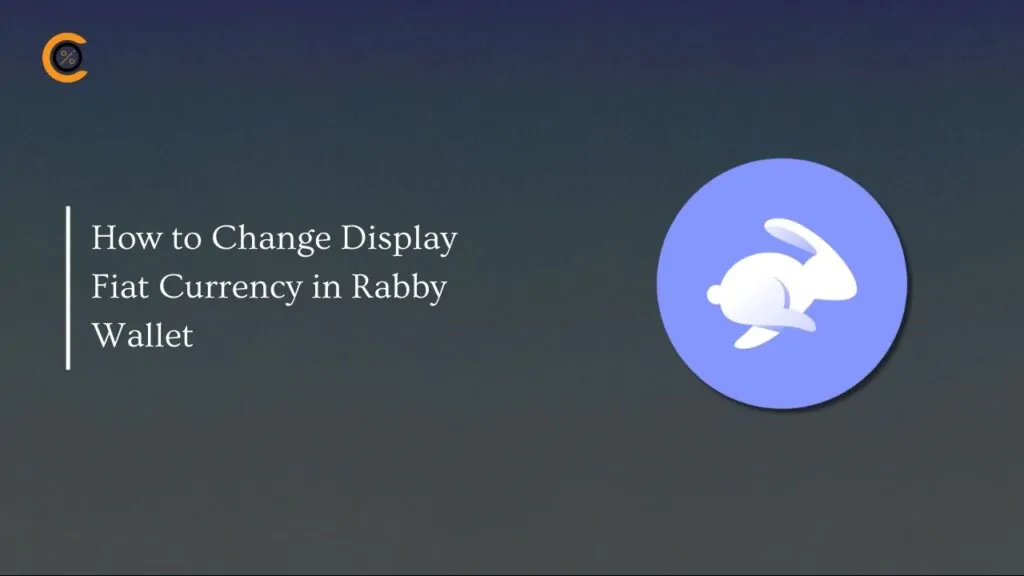
![How to Change Language in Rabby Wallet [2025 Guide]](https://www.cryptowinrate.com/wp-content/uploads/2025/12/How-to-Change-Language-in-Rabby-Wallet-2025-Guide-1024x576.jpg)